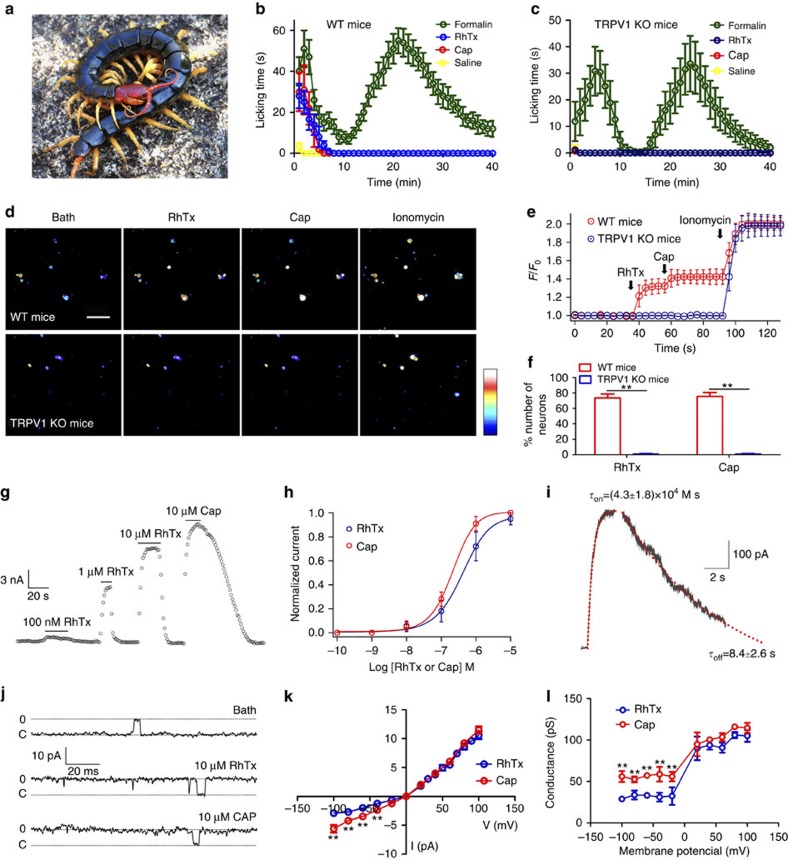Figure 1. RhTx directly activates TRPV1 to induce pain.
(a) Image of the Chinese Red-headed centipede. (b,c) Paw-licking behaviour of WT mice (b) or TRPV1 knockout (KO) mice (c) following injection of formalin, RhTx, capsaicin or saline. (d) Calcium imaging of DRG neurons from WT (top row) or TRPV1 KO (bottom row) mice challenged sequentially with RhTx (10 μM), capsaicin (10 μM) and ionomycin (1 mM). Scale bar, 250 μm. (e) Representative calcium fluorescence signals of DRG neurons from WT or TRPV1 KO mice were counted from three cells. (f) Positive and negative cells were counted when DRG neurons from WT or TRPV1 KO mice were challenged with RhTx (10 μM) or capsaicin (10 μM). **P<0.001, n=200. (g) Whole-cell mTRPV1 currents elicited by application of RhTx and capsaicin. (h) Dose–response relationships for RhTx and capsaicin overlapped with fits of a Hill equation. The effector concentration for half-maximum response and Hill slope values (average±s.e.m.) are: for RhTx, 521.5±162.1 nM, 1.17±0.37 (n=10); for capsaicin, 213.8±20.6 nM, 1.36±0.18 (n=10). (i) Representative time course of RhTx-induced activation and deactivation recorded from an outside-out patch at +80 mV from a holding potential of 0 mV, superimposed with fittings of a single-exponential function (red dotted curves) and mean τon and τoff values (n=3 each). (j) Representative single-channel traces. (k,l) Comparison of single-channel I–V relationships (k) and conductances (l). **P<0.001 (n=3–9).

